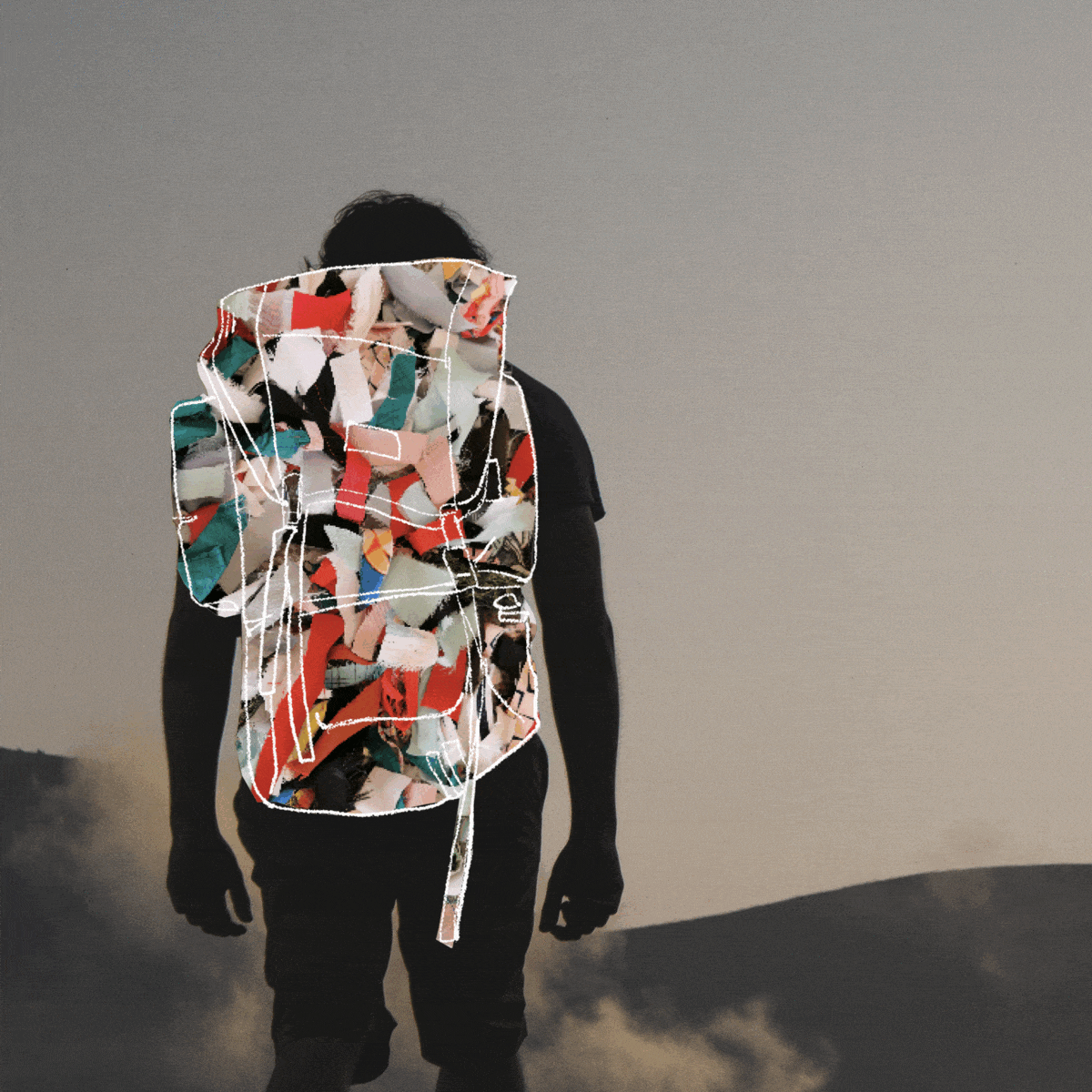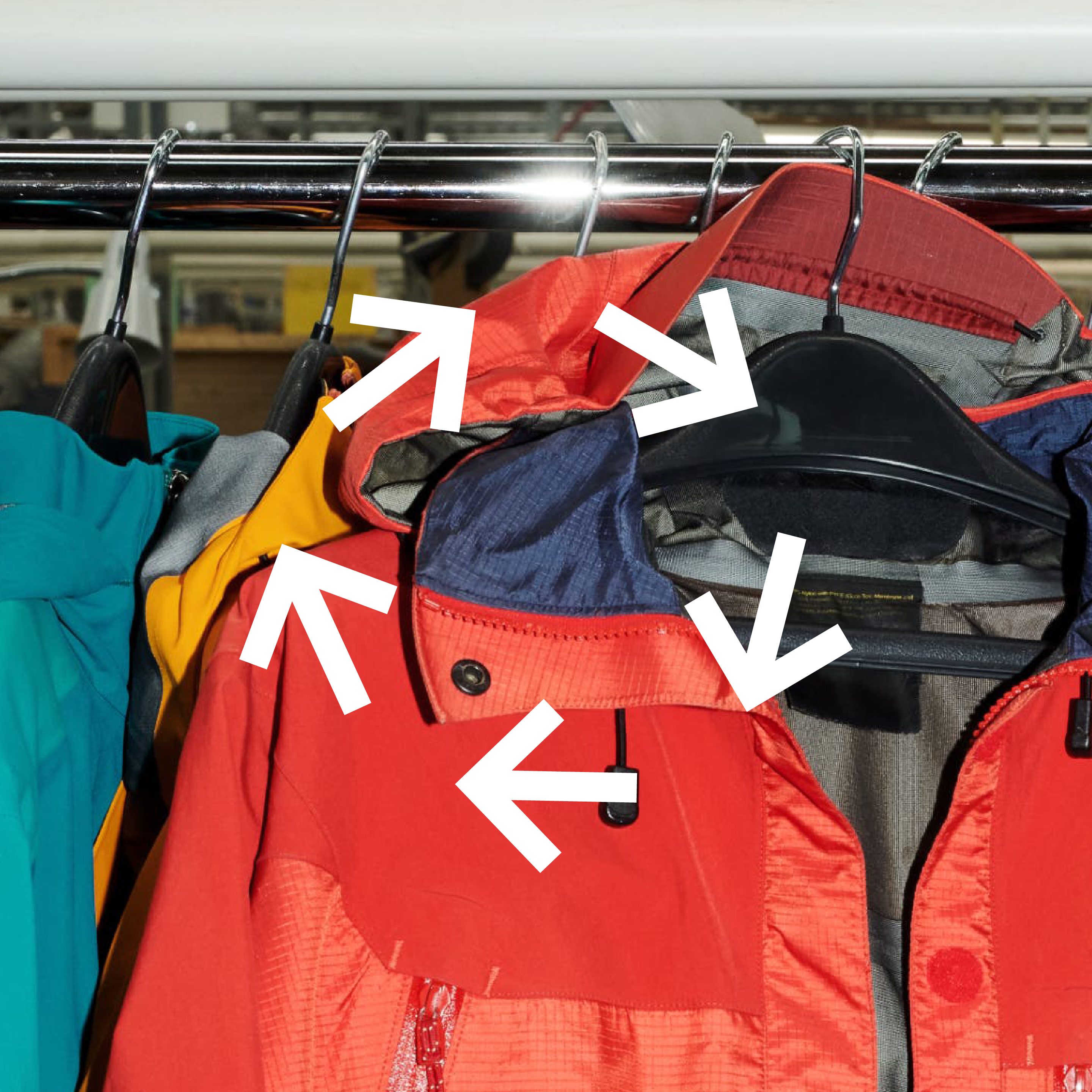Welcome to the Crystal Baller, our roundup of emerging digital, marketing and product trends that will shape the outdoor, active, and wellness industries in 2023.
Safe to say 2022 was A YEAR—one with fewer “unprecedented events” and more “recession vibes.” We’re stepping into the new year with our signature optimism, and a healthy dose of wait-and-see. However uncertain the next 12 months may feel, here are five trends to watch for along the way.
Web3 becomes accessible to the rest of us
The term “Web3” has been bandied about an awful lot in the last two years, considering 99% of the population still doesn’t understand what it is (read my SXSW roundup for a quick summary). And with good reason: it’s still gated by the need for plugins, crypto wallets, and more-than-a-cursory-understanding of the Blockchain. That, and the boom and bust of so many over-hyped NFT projects have made us wary that the tech itself may also be overhyped.
For many (read: most) of us, these barriers are just too big. BUT WATCH: in 2023 we’ll see a wave of new Web3 projects disguised behind user-friendly Web2 platforms. And we may finally see if there’s value in NFTs beyond digital art speculation.
A perfect example: Vancouver-born Run As You Are. It’s a running community where users are incentivized by earning points whenever they run, walk, sweat with friends or complete special challenges—and points can be redeemed for discounts, brand swag and experiences from brand partners like Adidas, Satisfy and On Running. Here’s the clincher—the membership is an NFT purchase, but you can pay with your credit card through a classic Web2 shopping cart experience. It’s all tracked on blockchain and your NFT is visible on Opensea (here’s mine), but you’ll never need a crypto wallet. It’s intentionally a community for runners, not crypto bros traders, but it has all the benefits of Blockchain built in.
Shop-to-sell mindset
I’ve been talking about circularity for a while, and here’s where we’re going to see it go mainstream: when we no longer think about just the cost of an item, but also think of the resale value. One jacket may cost 40% more than a less sustainable alternative, but when you’re able to resell it and earn back 50% of that price, paying for quality is worth it. Suddenly the more expensive option is actually the accessible choice.
With our looming/lingering recession mindset, more of us (particularly Gen Z, who seem to already “get it”) are buying luxury with an exit strategy. As soon as a garment or gear goes stale in your closet, there are endless platforms for resale. Our clients at Responsible are actively working to champion this shift in customer mindset—making it easy to see the buyback value of clothing and “unlock the currency in your closet.” Their goal is to keep goods in circulation longer so they’re less likely to reach a landfill.
Totally offline experiences
One of the biggest topics for marketers in 2022 was the infamous iOS update that made it incredibly difficult to target consumers the way we used to. As a result, digital advertising started to feel like a crapshoot. I don’t suggest shutting all your ads down, but in the year ahead we’ll see marketers reducing their dependence on the Meta and Google ad machines, and recalling how we connected with customers before digital ad spends dominated our marketing budgets.
We’ll be seeing a fun resurgence of OOH—think posters/pasteups and billboards. Our favourite better-for-you brand, BelliWelli, went absolutely viral with a series of thoughtfully located, but incredibly affordable billboards in key US cities.
The fine folks at Vitruvi have seen major traction with direct mail (yes, good old fashioned snail mail). We all miss getting something GOOD in our mailbox. You can’t delete a flyer and even as it travels with you from the front door to the recycle bin, it registers in your brain.
Maybe my favourite offline movement is experiences that are totally under the radar. What would it look like for brands to have events that stipulate they can’t be documented? Suddenly the new social capital would be the old social capital: actual exclusivity. You truly had to be there.
Everyday Recovery
I’m freshly back from a week at ISPO Munich—the outdoor industry’s definitive trade show. The most prevalent theme? Recovery. It’s not enough for our apparel to just look good or move well. They also need to heal: think equipment, shoes and apparel that help your body rest, restore and rebalance. Those blow-up leg compression sleeves and acupressure socks are no longer on the fringe. There’s a strong case for double duty apparel like the Stoko K1—a compression tight that also functions as a super strong preventative and restorative knee brace.
Watch for a new wave of footwear with a built-in health function, like Casca’s custom 3D printed insoles—sneaky orthotics (hidden in a well-designed street shoe) that redistribute the pressure your feet carry every day. It’s preventative healthcare that literally starts from the ground up.
One of my favourite ISPO discoveries was Hologenix—infrared tech that can be woven right into clothing, sheets, and even beds. Their signature product Celliant uses “naturally occurring minerals that capture and convert body heat into infrared energy.” That infrared energy is reflected back into your body to increase local circulation and cellular oxygenation. Supposed benefits? “More energy, endurance, strength, stamina, comfort, quicker recovery, and better sleep.”
Recycled is the bare minimum
There was one BIG trend at ISPO that I’m kind of over TBH: it was hard to find a poly-based fleece or shell or ski pant that wasn’t made of recycled water bottles. Nearly every brand was touting how much plastic their garment saved from the landfill.
But here’s the thing: Yes, a jacket made from waste may be better than one made from newly extracted fossil fuels. But that “recycled” garment is almost certainly the end of the road for that plastic. The best second life for a plastic bottle is actually to become another plastic bottle, which can be recycled half a dozen times. Once it’s made into a fleece, however, it’s no longer recyclable.
There’s an exciting wave of novel polymers that come from plants and are playing a big role in removing petroleum from the supply chain. Using bioplastics derived from sugar cane, cornstarch, and castor seeds (just to name a few!) is great for decreasing our dependence on fossil fuels but it doesn’t solve our landfill problem because many of them don’t biodegrade. In 2023 the conversation is going to shift to compostable, biodegradable and truly recyclable textiles and the service providers (like our clients at Debrand and our friends at Tersus) who are keeping garments out of the trash.
I’ve got a good feeling about the year ahead. If my inklings are on track, 2023 will be more focused on sustainability, community and time disconnected from our tech—which is something to celebrate.
If you want to explore any of these with the team at Monday and see how they can apply to your own brand, marketing or product strategy, you know what to do.







